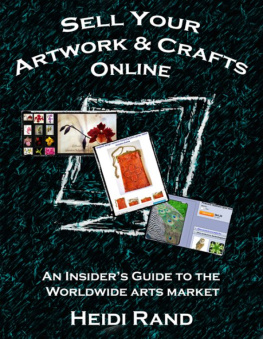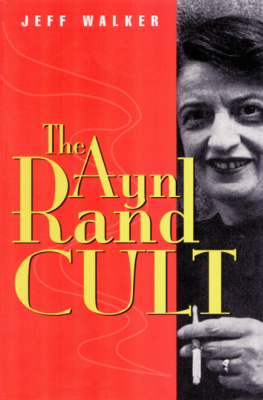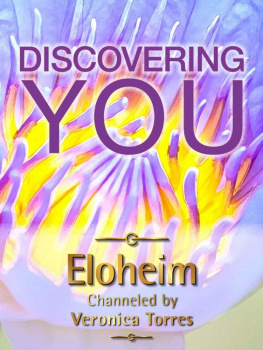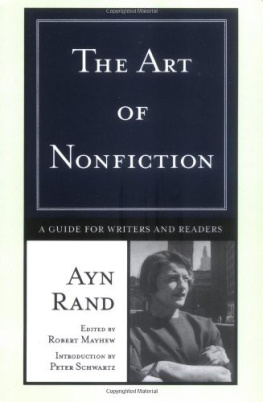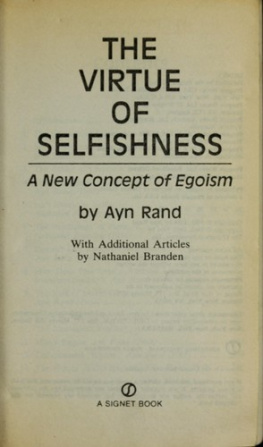

To order books from Open Court, call toll-free 1-800-815-2280.
For more information about What Art Is, see
.
Open Court Publishing Company is a division of Carus Publishing Company.
Copyright 2000 by Louis Torres and Michelle Marder Kamhi
First printing 2000
All rights reserved. No part of this publication may be reproduced, stored in a retrieval system, or transmitted, in any form or by any means, electronic, mechanical, photocopying, recording, or otherwise, without the prior written permission of the publisher, Open Court Publishing Company, a division of Carus Publishing Company, 315 Fifth Street, P.O. Box 300, Peru, Illinois 61354-0300.
Designed by Iris Bell. The text face is Times, issued in digital form by Adobe Systems. The headings are in Optima, a font designed by Hermann Zapf in 1958 for the Stempel Foundry and also issued in digital form by Adobe Systems.
Library of Congress Cataloging-in-Publication Data
Torres, Louis, 1938
What art is: the esthetic theory of Ayn Rand / Louis Torres and Michelle Marder Kamhi.
p. cm.
Includes bibliographical references and index.
ISBN 978-0-8126-9959-3
1. Rand, AynAesthetics. 2. Art and literatureUnited StatesHistory20th century. 3. Aesthetics, American. 4. Art in literature. I. Kamhi, Michelle Marder. II. Title.
PS3535.A547 Z9 2000
813'.52dc21
00-037363
For Mom
whose indomitable spirit has been
a constant source of inspiration
Brief Contents
When we began a modest series of articles on Ayn Rands philosophy of art for the readers of Aristos a decade ago, we little imagined that it would develop into a book of this length and scope. Still less did we expect, when we contracted with our publisher in December 1995 to deliver a manuscript for a book based on that series within a year, that the one year would stretch into more than five, or that the total number of words would be more than double our original estimate. Even so, we have omitted many points we had wanted to deal with, and have dealt with others in less detail than we would have liked. What we offer here is a beginningto be supplemented and expanded by ourselves and others in the future.
As generalists covering many disciplines, in the sciences as well as in the arts, we have had to acquaint ourselves with a wide-ranging literature and we fully expect to have made some mistakes of fact or interpretation. We trust that specialists will be quick to point these out, and we look forward to refining our thesis in the light of such corrections. Yet we are also confident that any refinements that are needed will not alter the basic truth of the theory we present, in its key principles if not in all its details.
To sustain a long project of this kind has required intense personal motivation. On an almost daily basis, our sense of purpose has been renewed by fresh evidence of the insanity of the contemporary artworldits degradation of the nature of art in both theory and practice. And we have been moved by a sense of profound injustice at the critical and public elevation of meaningless work to the status of art, while genuine artists (good friends among them) move on to other careers, or toil away unknown, their work unrecognized except by a few private collectors.
No amount of personal commitment could have enabled us to complete this study, however, without the support of the countless individuals who, over the past decade, have lent their time, ideas, and energy. To begin, we owe thanks to Tibor Machan, for his early encouragement to expand our Aristos series into a book, and for his recommendation of Mary Sirridge and Randall Dipert (who has become our friend) as philosophers in the academy who might offer comments and suggestions. Our thanks to them, in turn, and to Norris Clarke, Stephen Cox, Douglas Den Uyl, Murray Franck, John Hospers, and the late Ronald Merrill, and, for their comments on the series. We are also grateful to Victor Niederhoffer for his generous support of a colloquium to critique that first tentative effort of ours, and to Jurgis Brakas, Murray Franck, John Gillis, Randall Dipert, Peter Saint-Andr, and George Walsh, for their thought-provoking participation in the colloquium; and to Randy Dipert for later giving us the delightful opportunity to discuss Rands work with his esthetics class at the U.S. Military Academy, and for his continued interest and support.
Additional thanks, for assistance with research and background materials, to Erin Dunkerly, Susan Kleinman, Art Smith, Katharina Strobel, Chris Tame, Anthony Teets, Wilfried van Damme, and especially to George Kline for his generous provision of information relevant to a possible link between Rand and the work of Hippolyte Taine.
For reading and commenting upon parts of the manuscript, we are grateful to Iris Bell, Christine Bluestein, Nathaniel Branden, Philippe Chamy, Frank Cooper, Randy Dipert, David Kelley, Kenneth Livingston, Diana McDonell, Douglas Rasmussen, and Barry Vacker.
Iraida Botshteyn, Sandra Giasulla, Max Kamhi, Olivia Czink Kamhi, Isobel Kleinman, and Hila Ratzabi helped with hours of word-processing. And Paul Kelley was a stalwart assistant during the harried final stages of readying copy for the typesetter. Without his help we could never have met our deadline. All their efforts are greatly appreciated.
Two academic readersStephen Cox and Chris Matthew Sciabarrahave offered steady support, as well as reading and offering suggestions on virtually the entire manuscript. We especially benefited from Steves incisive, often questioning, remarks, which prodded us to think more deeply on the points he challenged. And Chriss encyclopedic knowledge of Rands life and work has been an invaluable resource, not to mention the countless philosophic discussions we have had with him or his frequent exhortations to us not to weaken in our enterprise. Our third principal reader, Don Hauptman, helped us to clarify our language and thought in innumerable instances. The comments of all three readers leavened our task with humor, always much appreciated. Like most writers, however, we have not always heeded our readers advice, and so must take full responsibility for any errors in fact or substance or lapses in style.
To Don and Chris, above all, we owe unbounded gratitude for support in countless ways. More constant and generous friends one could not find.
To our editor, David Ramsay Steele, our warmest thanks for his candor, patience, good counsel, and just plain hard work in shepherding this project through its long, and sometimes painful, gestation and birth.
Thanks are also owed to Barbara Branden, for use of the Ayn Rand photo on the cover, and for her encouragement. Special appreciation is due to our friend Iris Bell, for her patience and sense of style in designing a handsome book and cover.
To the loyal subscribers of Aristos, who have suffered long periods of suspended publication, our thanks for their unflagging interest in our work over the years; and our deep gratitude to those who have generously supported the Aristos Foundation, keeping our gutsy little journal afloat, and helping to cover the costs of writing this book.
Our lives and work have been enriched by the friendship of sculpture scholar Beatrice Proske, whose Yankee wit and wisdom continue to inspire us in this her hundred-and-first year.
In addition, Jacques Barzuns generous words of encouragement and advice over the past decade have spurred us on, as has his exemplary model of scholarship informed by deep humanity and solid sense. The influence of his ideas is apparent throughout this book.
Next page


